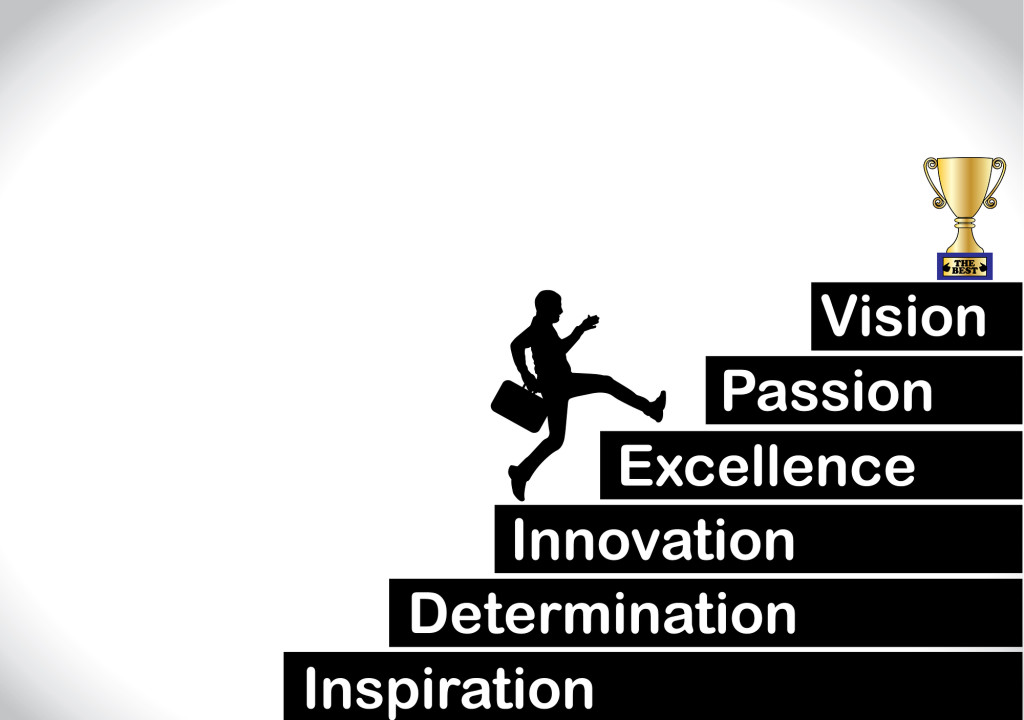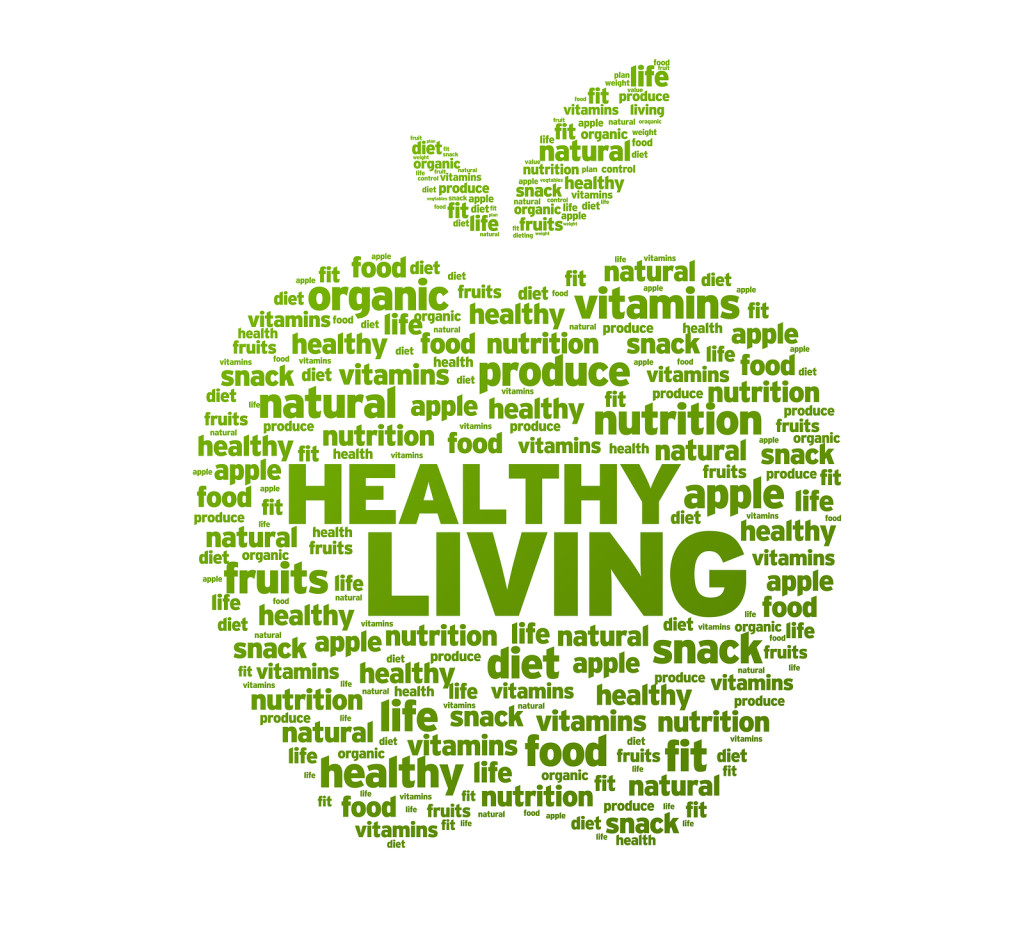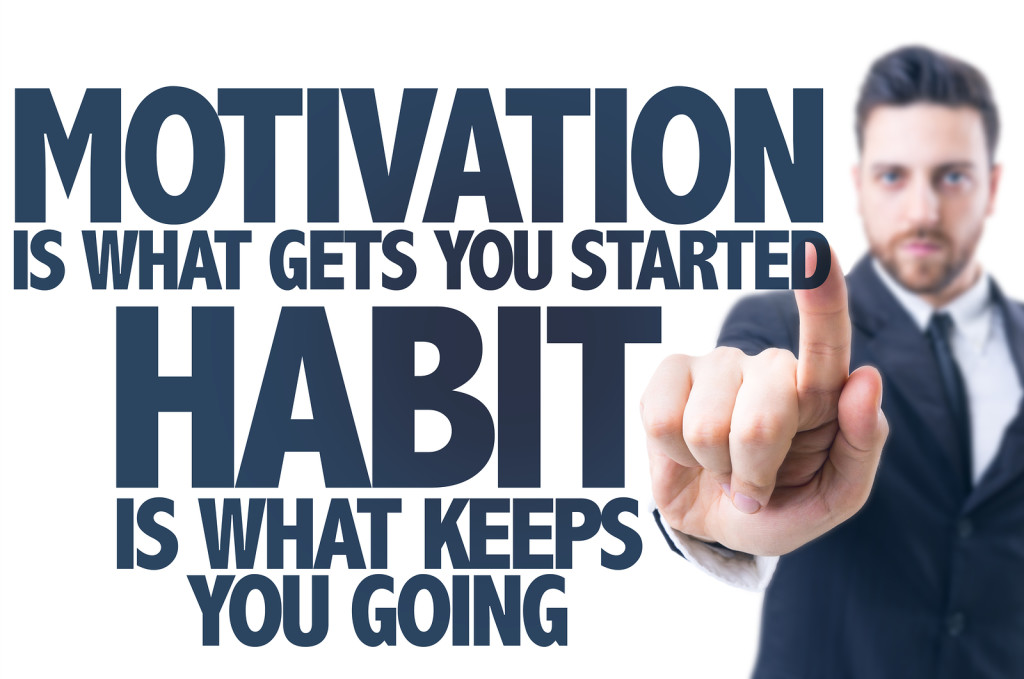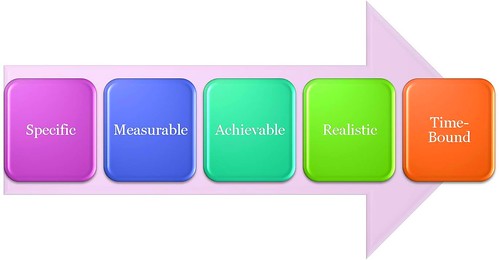I’ve been following Rafael Nadal since he burst into the Grand Slam scene in 2005 winning his first of eight French Open Titles! What a feat right? Through his ups and downs in the last 8 years, there have been a lot more satisfying moments then disappointments. And it is amazing when you think about his relative short grand slam career that he has won 13 grand slams in the last 8 years.

So what does this mean? Well, that Nadal is the example of extreme consistency and an amazing mental toughness on court. How does he do this? What drives Nadal to overcome incredible odds to beat most of the top 10 players day after day? Its funny when you read Nadal’s autobiography “RAFA”, you would not think that this guy who is scared of the dark would be so mentally tough on court. But it goes to show you that what happens off the court has nothing to do with what your mental mindset is on the court!
Off the court Rafa is a very nice quiet, maybe timid but very caring human being, very humble I would dare to say. But on the court he can transform himself into a full fledged beast that will stop at nothing to win the match and to mentally destroy his opponent. This guy does not give up on any point! No wonder he has been nick named “The Bull” and Nike even has a logo of the bull on his tennis shoes.
The point here is that Rafa is the example of what we should be doing when we get on the tennis courts. All things being the same on the tennis court in terms of skill level, the player with the strongest mental toughness will to win will pull through.

So how does Nadal achieve this mental strength? Well if we carefully analyze his performance and actions on the court there are some clues which he gives us that we can follow at any level of the game.
1. Nadal has a routine which he follows which gets him mentally prepared for his matches. If you watch him carefully he will do the same things in terms of setting up his racquets and drinks next to his chair; he will also charge back to the baseline after the coin toss much like a fighter going back to his corner of the ring to begin his duel. Rafa does not touch any of the lines when he changes sides. These things may seem small but it gets him and more important keeps him focused and mentally strong during the entire match. His mind does not waver.
2. Nadal never gives up, he fights for every point as if it is a set point or a match point. Even when he is down 0-40, he does not give away any points. You should strive to do the same. This will send the message to your opponent that he will have to fight for every single point.
3. Positive attitude! Rafa always has a positive attitude and expects to win the next point. Even when he loses a long tough point he does not dwell on the negative or on the last point too long. You may see he was definitely displeased with the point he played but he quickly moves on. Learn from this; a positive attitude will help you create and expectation of success.
When we look at Nadal’s record in Grandslams, something really stands out right away. Take a look here at the table which shows his results since 2003. Amazingly he has an 83% match winning percentage in the Australian Open, as well as Wimbledon and US Open, and a ridiculous 98% in the French Open. For all 4 slams he has a combined 88% winning percentage!
This shows that in the biggest events, when the pressure is really on to perform, Rafa thrives and buckles down and focuses intensely. Of course these results are a by-product of his incredible work ethic but it is maybe even more due to his well groomed mental preparation before and during matches.
As you might know, Rafa’s main coach since practically the age of 3 has been his Uncle Tony. One of the things that stands out from one of the statements Uncle Tony made after the recent US Open was that even though he agrees with the praises that Rafa receives about his body (speed, agility, quickness); he said that Rafa was even better in the mind! He is amazed that people do not refer to Rafa’s incredible mental strength more often. He says that this is one of the main advantages that Rafa has over his opponents.
It’s apropos that as I write this, Nadal has just clinched the #1 ranking for 2013 with his victory over Richard Gasquet at the ATP World Tour Finals in London. Proof again that the mental toughness is pivotal for being really successful in sports.
Rafa himself mentions the importance the mind plays in tennis in his book RAFA, when he says “Tennis is, more than most sports, a sport of the mind; it is the player who has those good sensations on the most days, who manages to isolate himself best from his fears and from the ups and downs in morale a match inevitably brings, who ends up being world number one.”
Now it’s your turn to keep improving your mind for tennis! Check out our resource section to find books which will raise the level of your mental toughness!














